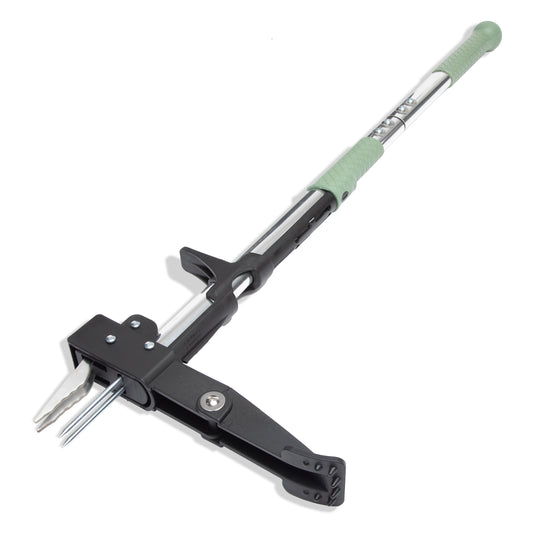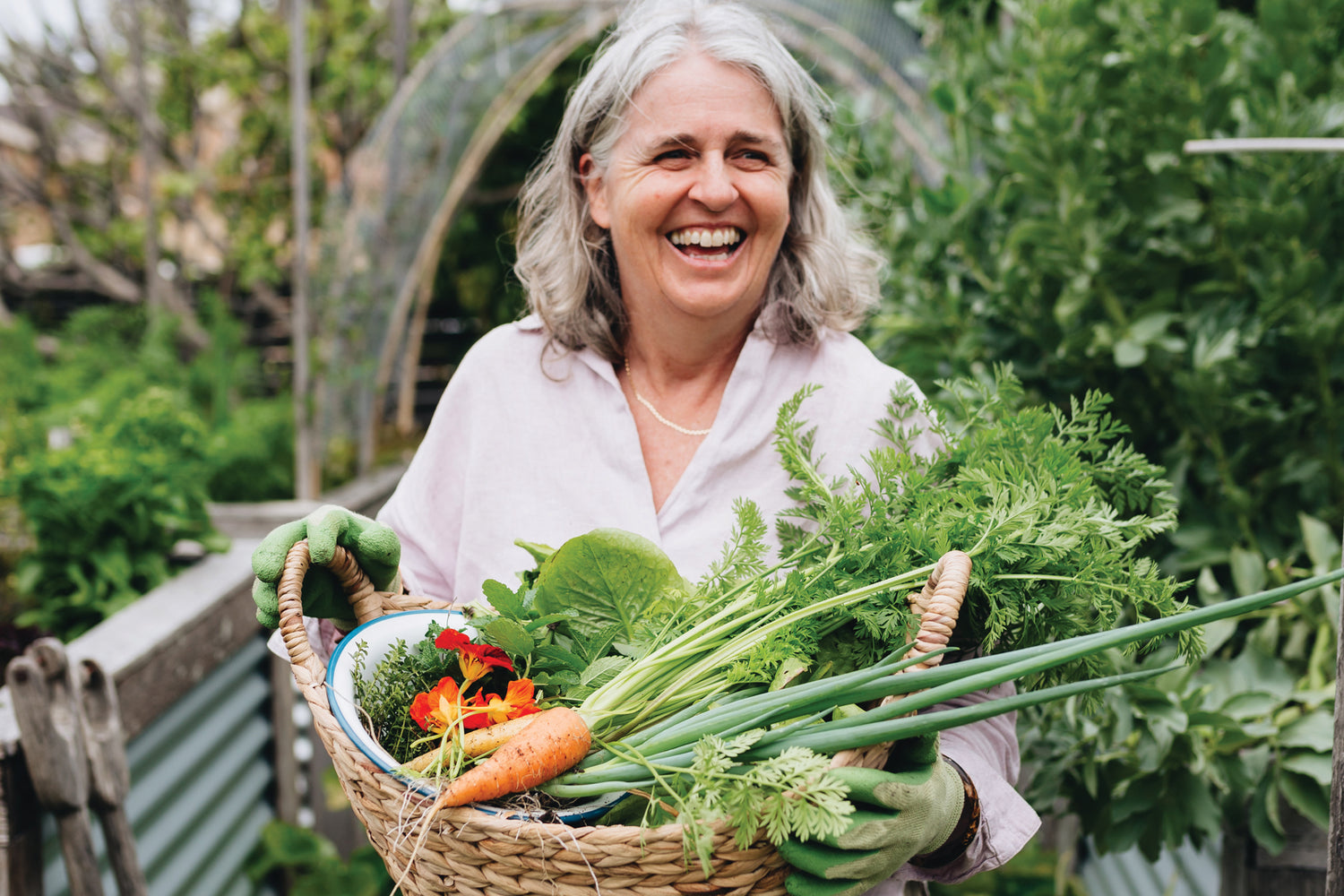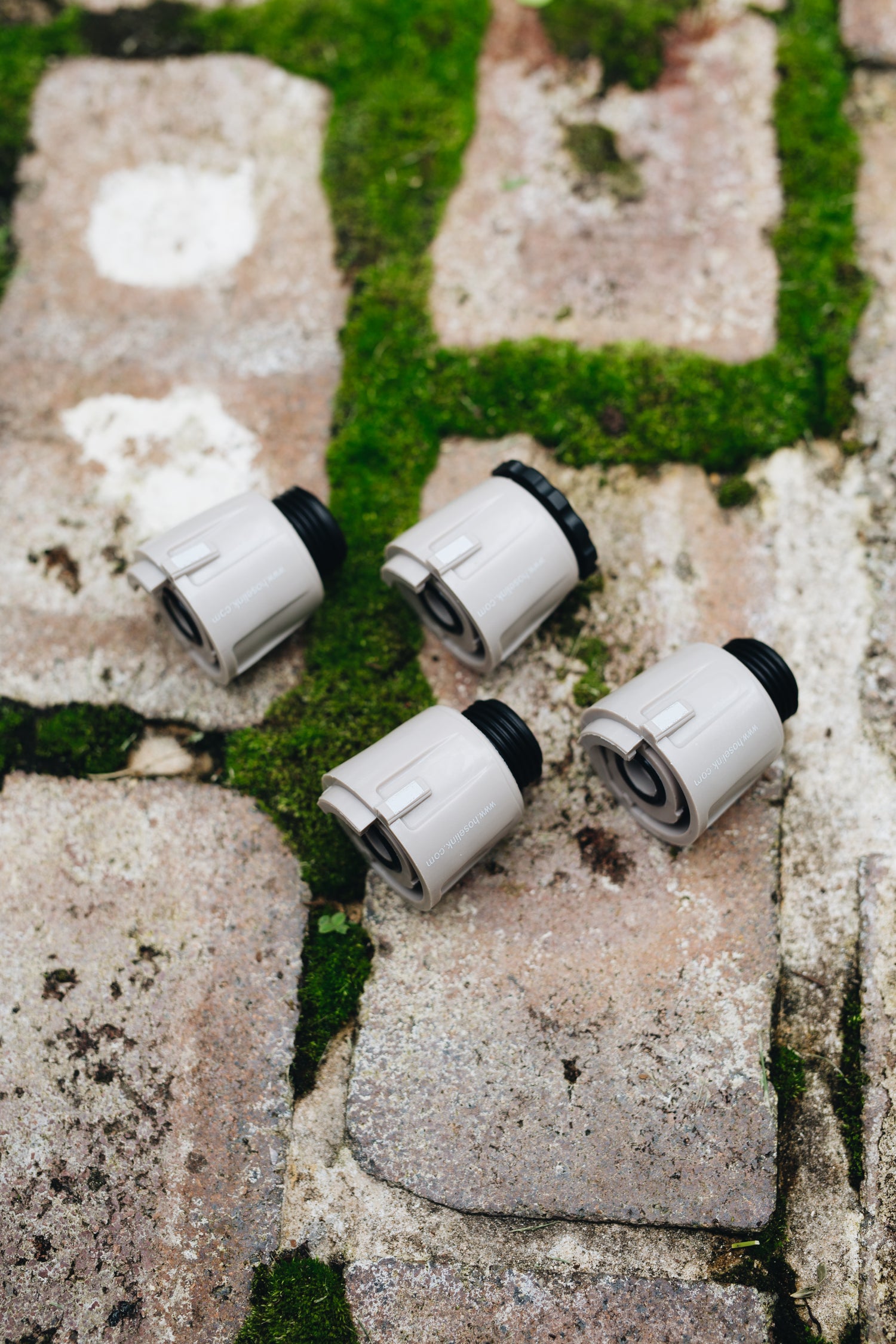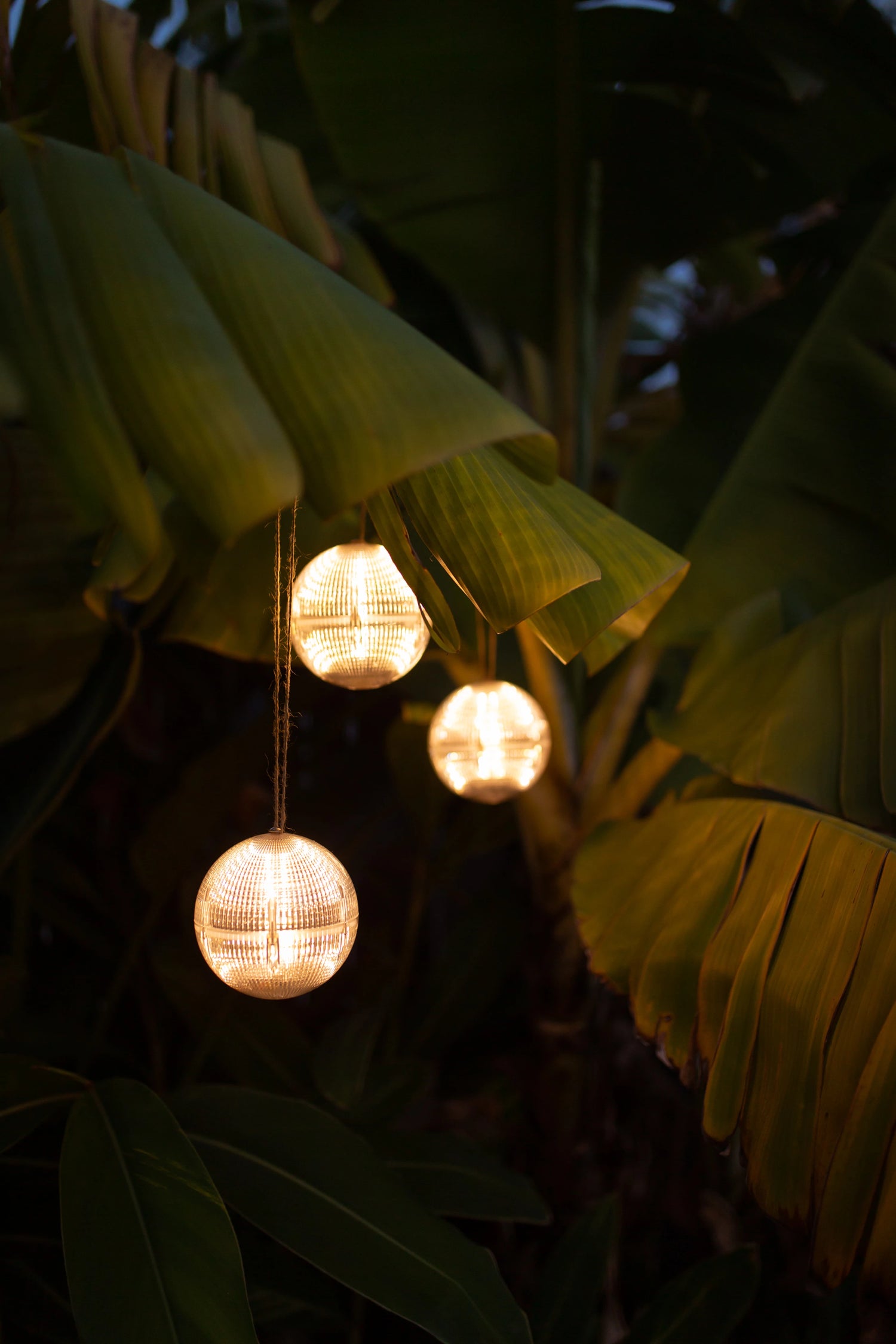July is here, fellow garden warriors, and that means one thing: we're in the thick of the summer garden grind. The sun is blazing, the weeds are plotting a coup, and your plants are either thriving or staging a dramatic death scene (I know some of mine are!). Welcome to the hottest month of the gardening year, where the sweat is real, the stakes are high, and the tomato hornworms are plotting their next attack.


Watering
First things first, hydration isn’t just for you; your plants are thirsty, too. With the scorching July sun, watering has become a daily ritual, so get ready to lug that hose reel around like it's your new best friend (I have 3 of them in my garden) And trust me, you’ll get some serious arm workouts in the process!
Make sure you’re watering either early in the morning or late in the evening. Doing it in the middle of the day is like throwing a pool party in a desert. Yes, I am being a bit dramatic here but you get the point! Your plants will fry in the heat. Early morning watering helps the soil soak up the moisture before the sun gets too fierce, while evening watering gives the plants time to absorb the water overnight without the risk of evaporation.
And don’t just sprinkle a little water and call it good. Give your plants a deep drink, making sure the water reaches their roots. Shallow watering is like giving them a sip when they need a gulp. This is especially important for those veggies and flowers that are working hard to produce.
Oh, and while you’re at it, check your containers and hanging baskets. They dry out faster than the garden beds. With this heat we are getting in Central Indiana lately, I find myself watering my small container twice a day. It's a bit of extra effort, but your thirsty plants will thank you in the long run.
Watering is a bit of a chore, but there's something zen about starting and ending your day with a quiet moment in the garden, ensuring your plants are hydrated and happy.

Weeding
Weeding in July is a relentless battle. Those little green invaders have nothing better to do than sprout up overnight and make you question your life choices. It seems like every time you turn your back, they multiply like they're planning a hostile takeover.
To tackle this, arm yourself with gloves and your favorite tool for this chore. Make it a point to weed regularly, because letting them get a foothold can quickly turn your garden into an overgrown jungle.
Don’t just yank them out half-heartedly; make sure you’re pulling them out by the roots. Leaving even a tiny piece behind is like hitting the snooze button – they’ll be back before you know it. Get up close and personal with your soil, dig deep, and eradicate those weeds completely.
If you’re dealing with particularly stubborn invaders, consider using a weeding tool to get down to the roots without disturbing your plants too much. And remember, mulch is your friend. A good layer of mulch can smother weed seeds before they have a chance to sprout, giving you a bit of a break in the weeding marathon.



Pruning and Deadheading
Deadheading and pruning are on the agenda, too. Your flowers need a haircut to keep them looking fabulous, and your veggies need a trim to stay productive.
Start with your flowers. Deadheading, or removing spent blooms, encourages new growth and keeps your plants looking fresh and vibrant ensuring they continue to bloom beautifully throughout the season. Use a pair of sharp scissors or pruning shears and snip off the faded flowers just above the next set of healthy leaves or buds. Your flowers will thank you by bursting forth with new blooms in no time.
If your flowers are looking amazing, this is the perfect opportunity to try your bouquet making skills and bring some of those beautiful blooms to enjoy indoors.
Next up, your veggies. Pruning them helps maintain good air circulation and directs their energy towards producing more fruit rather than growing excess foliage. For tomatoes, pinch off the suckers – those little shoots that grow between the main stem and the branches – to keep the plant focused on ripening its fruit. For other plants like cucumbers and peppers, remove any yellowing or diseased leaves to keep the plant healthy and productive.
Don’t forget the herbs. Regularly trimming your herbs not only keeps them neat but also prevents them from flowering, which can make them taste bitter. Snip off the top few inches of growth to encourage bushier plants and a continuous supply of fresh, flavorful leaves.

Brassicas
Starting brassicas from seeds in July is a fantastic way to prepare for a bountiful fall harvest. Brassicas, including broccoli, cauliflower, cabbage, and kale, thrive in cooler weather, so getting them started now ensures they’ll be big enough to plant around 6-8 weeks before your FIRST frost date arrives.
When planting brassica seeds, aim to sow them about a quarter-inch deep. Keep the soil consistently moist but not waterlogged – you want to encourage strong, healthy seedlings, not drown them. And remember, brassicas love to eat, so mix in some compost or a balanced fertilizer to give them a nutritious start.


Direct Sowing Seeds
July is still a great time to direct sow seeds outdoors, and there are plenty of options to keep your kitchen garden thriving. Things like bush beans, cucumbers, squash, beets, and carrots are perfect choices for this time of year, and the best part is, many of these plants don’t require a huge area to grow.
Bush beans are a fantastic addition to your garden. They grow quickly and don’t take up much space. Just plant the seeds about an inch deep and a few inches apart, and you’ll have a fresh supply of beans in no time. They’re great for small gardens or even containers.
Cucumbers are another excellent choice. These prolific growers can be sown directly into the soil, and you can train them to climb trellises to save space. Pick varieties suited to your growing conditions, whether you prefer slicing cucumbers or the smaller pickling types. Plant the seeds about an inch deep and keep the soil consistently moist.
Squash, both summer and winter varieties, can also be direct sown in July. Summer squash like zucchini will produce quickly, giving you a steady supply of fresh veggies for your kitchen. Winter squash takes a bit longer to mature but stores well, providing food for the colder months. Sow the seeds in hills, about three per hill, and thin them out once they start growing to give each plant enough room to spread.
Beets and carrots are root vegetables that do well when direct sown. Beets can be harvested as both greens and roots, making them doubly useful. Carrots, with their sweet, crunchy roots, are a garden staple. Plant beet seeds about half an inch deep and an inch apart, and carrot seeds a quarter-inch deep. Keep the soil moist to help them germinate.
Direct sowing in July not only keeps your garden productive but also ensures a continuous harvest throughout the growing season. It’s a simple and efficient way to make the most of your garden space, and with the right care, you’ll be enjoying fresh, homegrown produce well into the fall.
July may be hot and demanding, but with a little effort, some sweat and a lot of love, your garden can thrive through the summer. May your harvest be bountiful this month gardeners!
If you enjoyed this blog and would like to see more from Roxana, you can visit her YouTube channel via this link:









